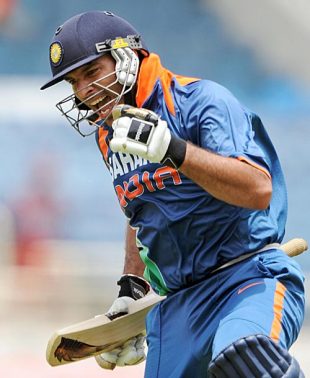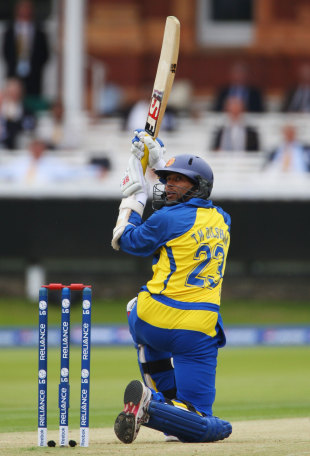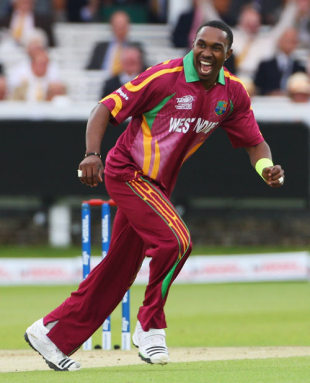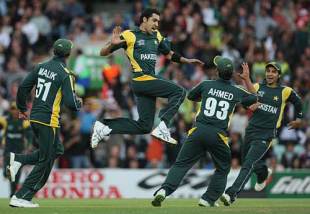The ongoing global economic downturn has forced 192,000 people to lose their jobs in Sri Lanka during the first quarter of this year.
This was revealed at the presentation of the findings of the International Labour Organisation (ILO), in a rapid assessment of the impact of the global economic crisis on employment and industrial relations in Sri Lanka.
Consultant, ILO, Dr. Ramani Gunatilaka, presenting her findings based on a study on employment in Sri Lanka, said that out of the total jobs lost, the industrial sector accounted for the loss of 96,000 jobs, the apparel sector lost 60,000 jobs and the construction sector lost 36,000 jobs.
“However, 203,000 new jobs were generated during the period in the agriculture and service sectors, adding 129,00 jobs. “Our observation on the data studied is that people have moved from one sector to another,” she said.
Presenting her report on closures and layoffs in BOI approved companies operating in the Free Trade Zones (FTZ) for the period commencing September 2008 to January 2009, she said a total of 11 firms had closed down, laying off 3,198 workers.
The reduction in orders and low demand were seen as the key factors for the closure of these firms.
According Dr. Gunatilaka, the garment industry is the worst affected sector in the economy due to the present crisis.
It has been found that the majority of workers losing their jobs are in the skilled, semi skilled and unskilled categories, rather than those in executive positions.
Besides retrenchment, closure is the last option of strategies employed by firms to deal with the crisis. There is evidence that many firms have begun to reduce labour absorption rates in a bid to cut costs, because of falling demand.
Dr. Gunatilaka also pointed out that most of the firms use cost cutting strategies like reduction in labour absorption, freezing recruitment, natural labour attrition, closure of production lines and rationalisation of factories.
“This also includes no overtime, reducing number of days of work and a five day working week. The situation is seen to be be bad in the plantation sector also. Other strategies implemented by firms included the elimination or reduction of special allowances and facilities such as food and travel , increments and bonuses.
A handful of firms have instituted wage cuts progressively. But in many firms the axe has fallen aggressively, with decision-making executive staff guarding their customary levels of remuneration and allowances while workers have had to bear the full brunt of the adjustment through wage and jobs cuts.
Highlighting the employers’ responses to the ongoing crisis, Dr. Gunatilaka pointed out that the employer’s response to the whole crisis seems to reactive rather than proactive. Their response appears to be focused primarily on cutting labour costs.
There is a lack of awareness of other ways to deal with the crisis and a tendency to follow the example of one’s peers who may also be ill-informed about the situation.
The ILO consultant pointed out the necessity of the employer to encourage a proactive approach among small and medium firms, by providing the necessary information either through the Chambers of Commerce, the industry, the banks or through NGOs involved in entrepreneur development.
Commenting on the government’s response, Dr. Gunatilaka pointed out the crisis has caught the government unawares and unprepared.
The government has responded to the crisis with stimulus packages for the exporters, efforts to reduce interest rates and increased liquidity, and by passing on most of the decline in oil prices to consumers.
“But it is not clear how effective these measures are due to certain macroeconomic policies that have made things even more difficult for exporters and producers.” she said.
In this backdrop, Dr. Gunatilaka pointed out three ways by which policy makers could stimulate demand in the domestic economy.
Firstly, pay the money that the government owes its contractors in the construction sector. Secondly, the end of the war that has enabled reconstruction and rehabilitation work to begin, will provide a Keynesian stimulus that will help mitigate the worst effects of the crisis.
Thirdly, the government will also need to shore up consumption but this would require an effective mechanism to transfer incomes to those likely to be worst affected by the crisis.
 Hours after proclaiming Dr. Conrad Murray is nothing more than a witness to Michael Jackson's death, the physician's attorney is now insisting that the doctor did not give or prescribe the pop icon Demerol or Oxycontin.
Hours after proclaiming Dr. Conrad Murray is nothing more than a witness to Michael Jackson's death, the physician's attorney is now insisting that the doctor did not give or prescribe the pop icon Demerol or Oxycontin.











